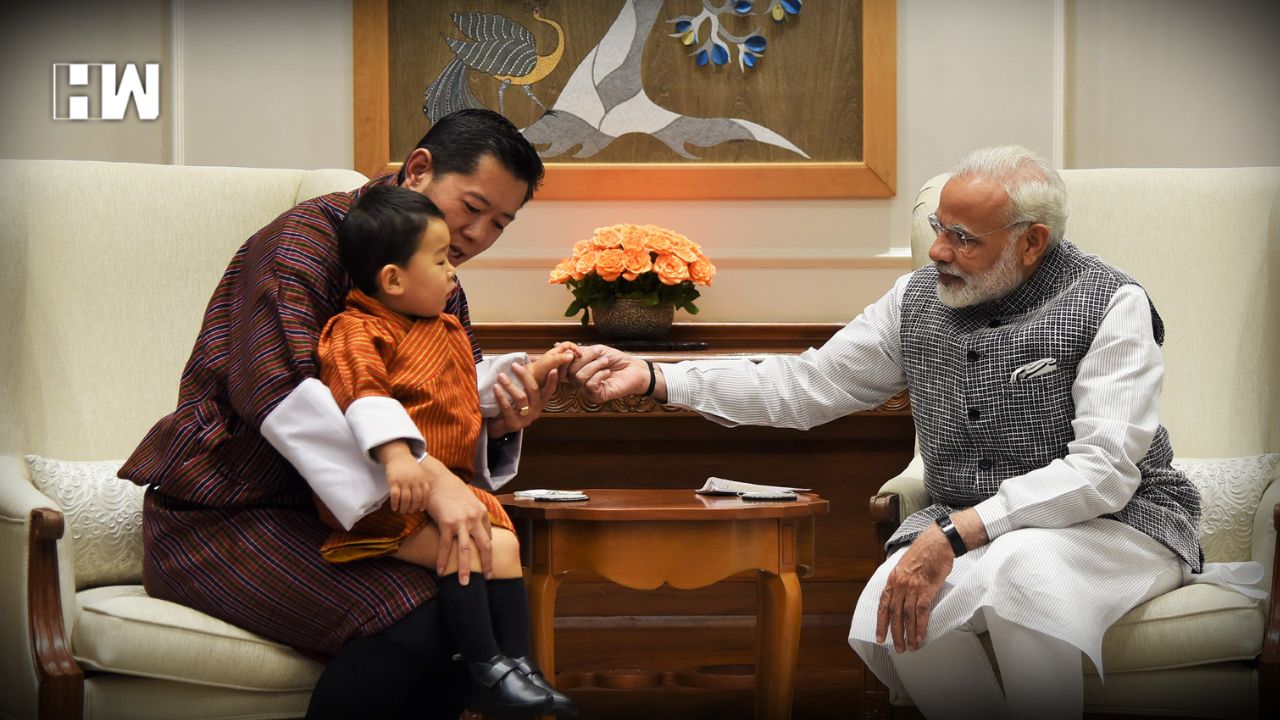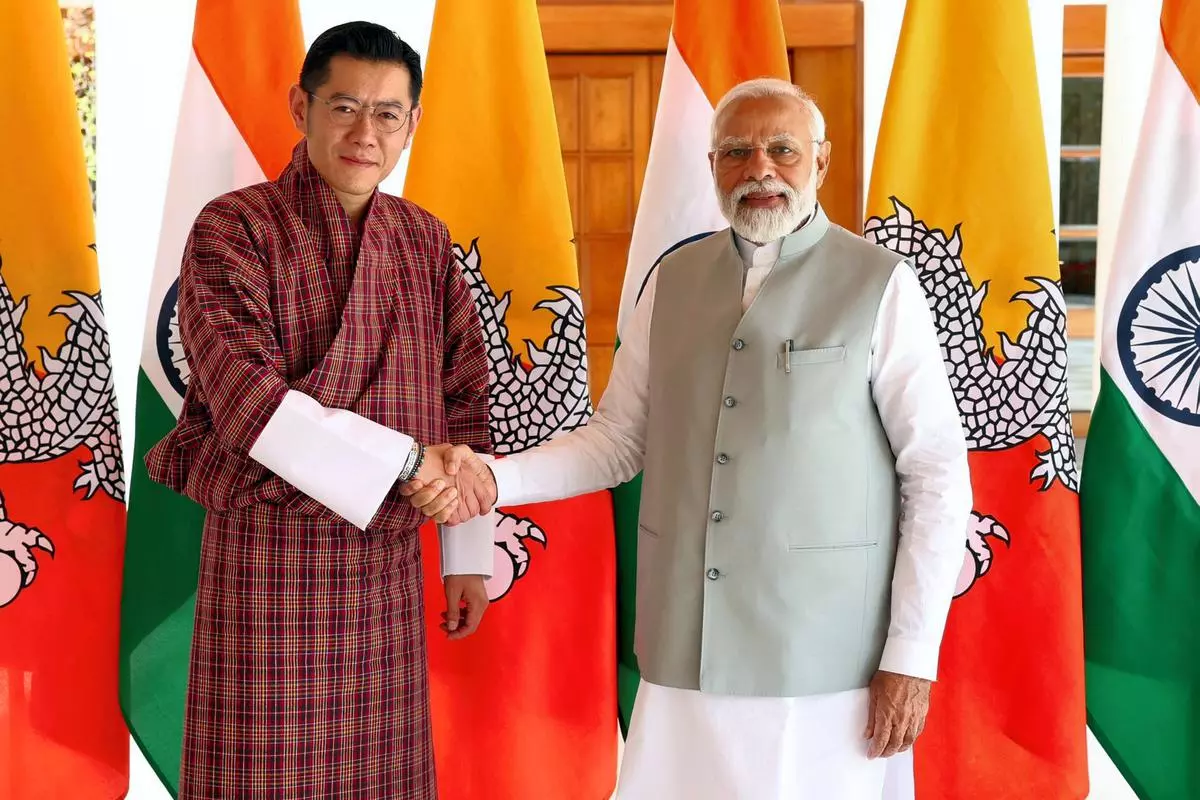The Politics Of International Aid: Helping Hand Or Hidden Agenda?

Introduction
International aid has long been a cornerstone of global development efforts, aimed at providing financial and technical assistance to countries in need. While often framed as altruistic, the politics of international aid reveal a complex interplay of strategic, economic, and political motivations behind these contributions.
Historical Context
- Cold War Era
During the Cold War, aid was predominantly used as a tool for geopolitical influence. Western nations, particularly the United States, provided substantial aid to countries that aligned with their anti-communist stance.
- Post-Cold War Shift
After the Cold War ended, the nature of aid shifted towards more humanitarian objectives. The 1990s saw increased focus on economic growth and poverty reduction, with aid being directed towards sectors like health, education, and infrastructure.
- War on Terror
The onset of the War on Terror in the early 2000s brought another shift, with aid being used to bolster security and stability in regions critical to global security.
Motivations Behind Aid
- Strategic Interests
Different countries have provided aid with varied motives, often influenced by strategic interests. For example, China’s aid strategy is heavily influenced by its Belt and Road Initiative.
- Economic Interests
Economic interests also play a significant role in shaping aid strategies. Aid is often tied to economic and political reforms in recipient countries, reflecting donors’ economic agenda.
- Political Influences
Political motivations are evident in the way aid is used to maintain influence and foster alliances. For instance, European countries have used aid to address migration issues.
In the 21st century, the mission of aid must be to end the need for its existence.
Kofi Annan
Former UN Secretary General
Country-Specific Aid Strategies
- China’s Approach
China’s aid often comes in the form of loans and investments in large infrastructure projects, which, while beneficial, also increase the debt burden on recipient countries.
- India’s Transition
India’s approach to international aid has evolved significantly over the years, transitioning from a recipient to a donor with a focus on its region.

Prime Minister Narendra Modi with King of Bhutan Jigme Khesar Namgyel Wangchuck during a meeting in New Delhi on Tuesday
- Traditional Donors
Traditional donors like the U.S., the European Union, and Japan continue to play significant roles, with evolving strategies to include more emphasis on sustainability and governance.
- Emerging Donors and New Trends
Emerging donors like China, India, and Brazil are increasingly influential, often focusing on South-South cooperation and providing aid with fewer political conditions than Western donors
Conclusion
International aid is a multifaceted tool influenced by a mix of altruistic and strategic motives. While it has played a crucial role in supporting development and alleviating poverty, the effectiveness of aid depends on how well it is targeted and managed. Continuous reforms and a focus on sustainability are essential to ensure that aid achieves its intended objectives without creating dependency or undermining local governance. As the global landscape evolves, so too must the strategies and practices of international aid, ensuring that it remains a force for positive change in an interconnected world.

